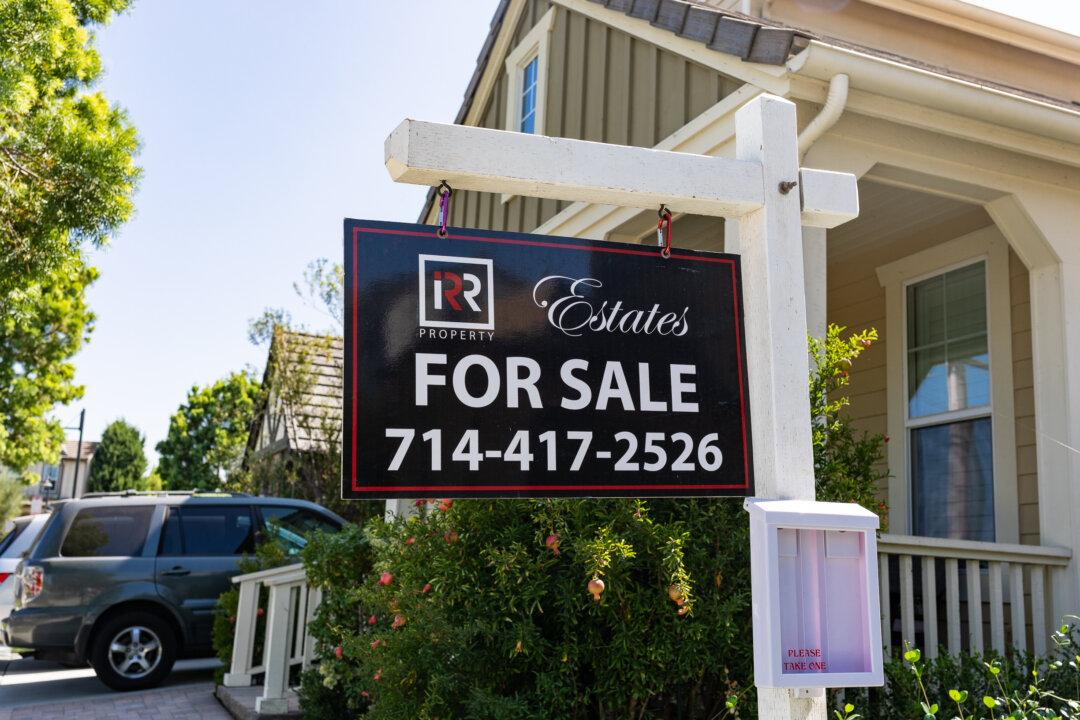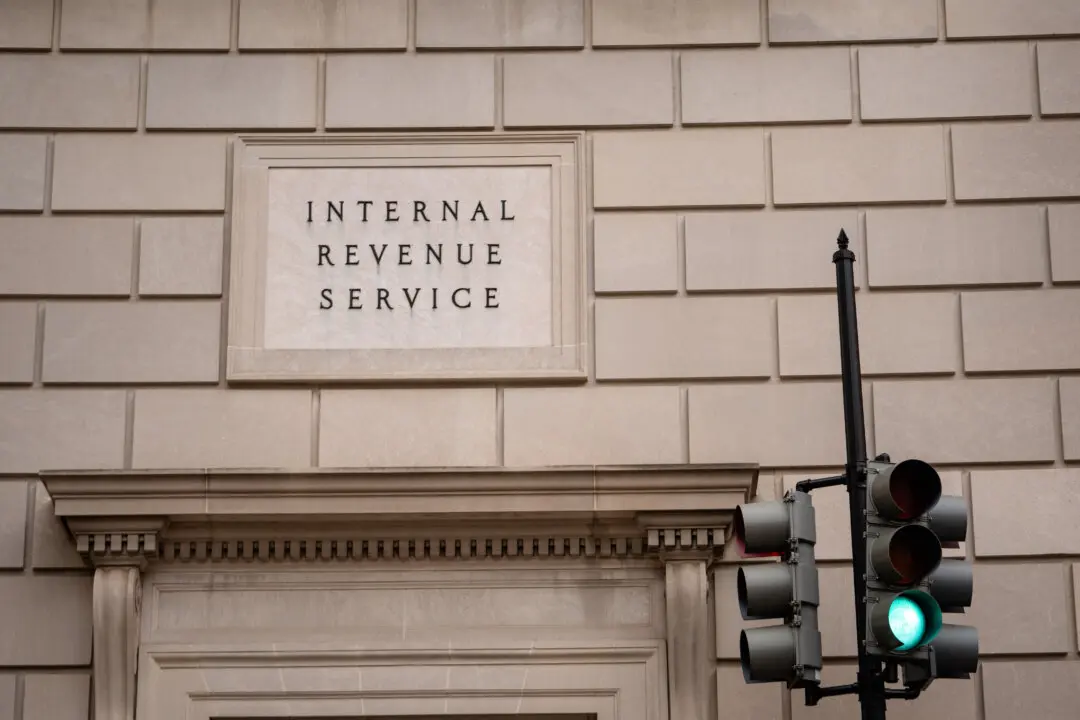A record share of home sellers have dropped their prices amid two-decade-high mortgage rates, with many of them concerned about residential property values potentially going down before they can cash in on the sale.
In the four weeks ended Oct. 29, almost 7 percent of homes for sale registered a price drop, the highest percentage on record, according to a Nov. 3 statement by real estate brokerage firm Redfin. Mortgage rates have hit “their highest level in 23 years,” cutting “deep into buyers’ budgets” and forcing some sellers to “lower their asking price to make up for high interest rates on monthly payments,” the firm stated.





